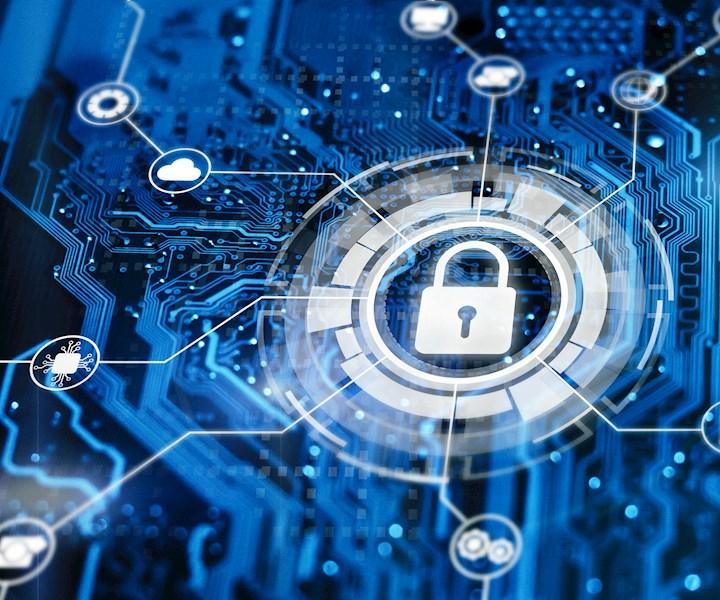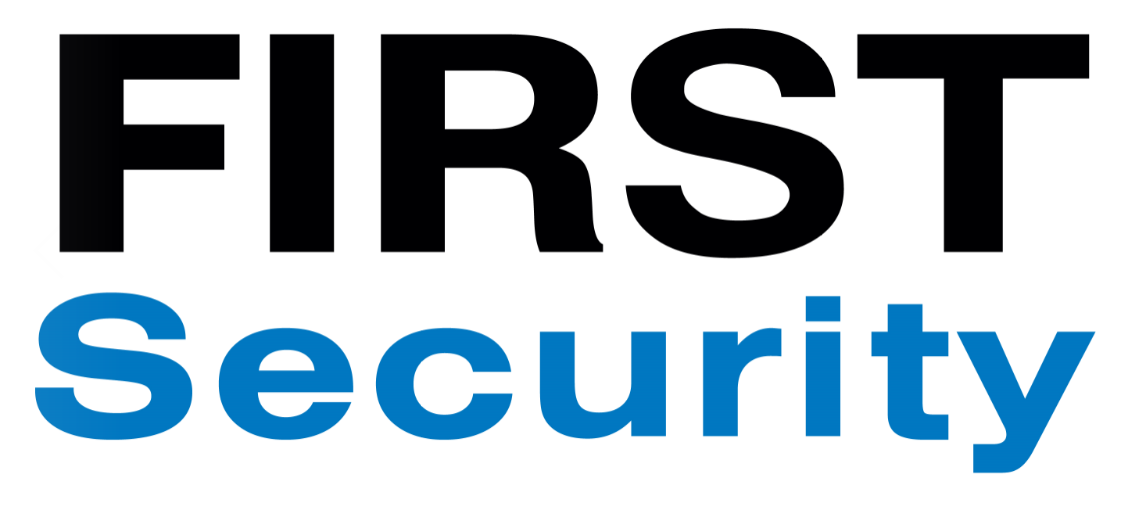Safer Internet Day - 8th February 2022


Observed annually, Safer Internet Day promotes a safer, more respectful internet, and the protection of those most vulnerable to predatory behaviours, writes Scott La Franchie, GM Marketing & Product.
The continuing COVID-19 pandemic has reinforced to us the power of the internet as an enabler for communication, collaboration and continuity. Amid lockdowns and physical distancing regimes, we’ve collectively taken a digital leap, learning very quickly how to do things like order groceries online and host Zoom meetings.
Online communication has proved vital for our societies to keep functioning in the face of a global health crisis. However, greater internet use also means greater exposure to online risks, especially for the youngest, oldest, and most vulnerable among us.
Cybercrime, privacy breaches, misinformation and disinformation, hate speech, cyberbullying, exposure to harmful content and predatory behaviours have all increased since the advent of the COVID crisis. As internet users, we are all faced with the same dilemma: how do we make the most of the opportunities the digital world brings us, while at the same time mitigating the many negative side-effects?
Observed since 2004, Safer Internet Day provides an opportunity to reflect on how we might promote a more responsible, respectful, critical and creative use of digital technologies. The day is now in its 19th edition, and it’s marked in over 170 countries.
Together for a better internet
Netsafe is the official organiser of Safer Internet Day in New Zealand, which this year again bears the theme “Together for a better internet”. As an online safety organisation, Netsafe provides support with many issues, including online bullying, grooming, scams, stalking, image-based abuse and privacy breaches.
Often thought of as issues for young people, there are in fact threats that anyone can be faced with on the internet.
Netsafe research shows that one in five teenagers, and one in ten adults were harmed by something they experienced online in the previous year. In many cases, people reported being unable to eat or sleep and withdrawing from usual daily activities.
Netsafe recommends five steps for keeping safe online:
- Keep it locked
Ask someone to help you set up a PIN or password to protect your phone, laptop and other devices, as well as all your accounts and the information contained in them .
- Keep it private
Don’t share personal information like your address and phone number. Find out how to keep your profiles on social media private so only people you want to can see what you share.
- Keep it to yourself
Everything you do online leaves what’s known as a digital footprint – a record of what you do and say. Think very carefully before you say or post anything as you won’t be able to stop other people sharing it – even those you don’t know.
- Keep it real
Sometimes, people pretend to be someone else online. Check anyone who makes friends with you online is who they say they are. If you aren’t sure, ask someone you know to help you find out.
- Keep it friendly
The internet is just like real life: be kind; be respectful; and be careful talking to, or sharing information with, people you don’t know.
Why FIRST Security promotes Safer Internet Day
We see online safety as a security issue. Security is often defined as “the state of being free from danger or threat”. Feeling safe is a basic requirement for living a life in which we feel free to go about our day-to-day work, school, play and other activities without undue fear.
It’s about freedom from the fear of being defrauded, being judged, being taken for a ride, being fed disinformation, and having your identity stolen and abused. It is a fundamental human right.
Many of us now live much of our lives in an online environment. We are increasingly exposed to the security risks that exist in cyberspace, and these risks are just as real as the risks that we are exposed to in our physical environments.
To find out more, visit https://www.netsafe.org.nz

